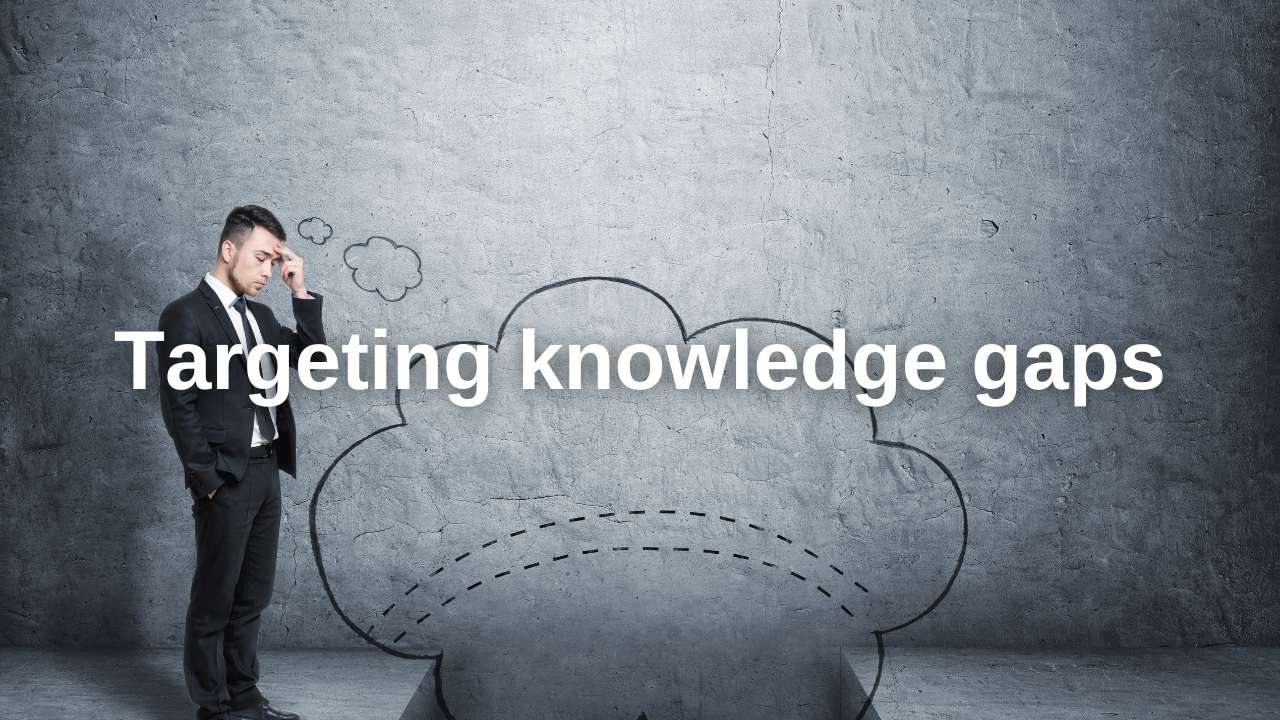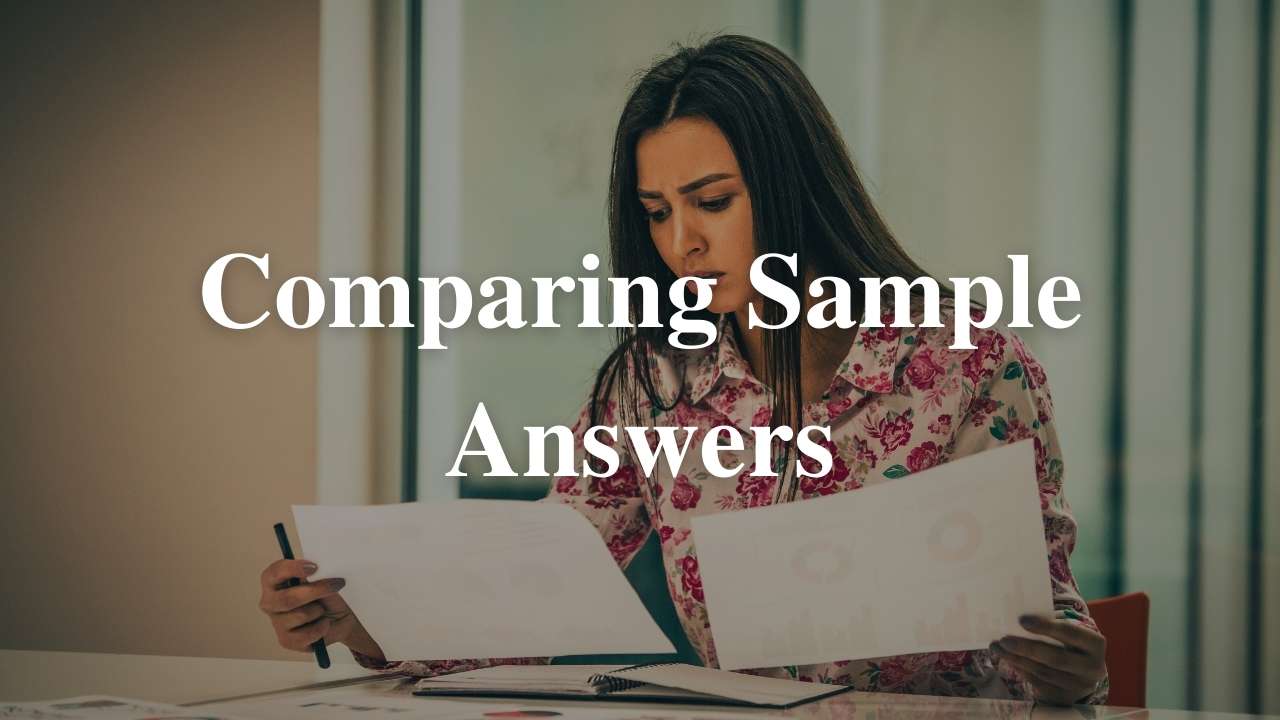Closing the Gap is the Government funded program aimed to close the gap between health inequities between Aboriginal and Torres Strait Islander people and other Australians. Each year, the Government releases the Prime Ministers report on this program identifying which aspects are on track to achieve the targets in the specified time and which are not. Currently there are 3 on track and 4 that are not.
It is important to note, that regardless of whether the progress is on track to meet the set goals by the set years, progress is being made as a result of this program. The reason the report tracks the progress is to help improve the results. Basically, they have set SMART goals and are measuring progress in relation to these goals.
In the 2018 report:
- The target to halve the gap in child mortality by 2018 is on track. However, it also says that the gap has only reduced by 32% in 8 years and they expect the last 18% to happen in 2 years.
- The target to close the gap in life expectancy by 2031 is not on track.
- Goals around education are mixed. Early childhood attendance is on track as is the goal to halve the gap in year 12 attainment. however, school attendance at still has a gap between Indigenous and non-indigenous Australians. Furthermore, the gap in numeracy and literacy has been reduced but is not on track to be halved by the end of this year.
In addition to the meeting of goals and projection forecasts, this report identifies key strategies that have helped ensure that Closing the Gap works. These include:
- Using a holistic approach to the campaign accounting for all the determinants of health.
- Engaging with the indigenous communities in every stage of the program development and implementation (Strengthening Community Action).
- Using collaborative arrangements between government agencies and other relevant organisations in delivering services and programs (Partnerships in health promotion).
- Valuing Indigenous knowledge and culture (Creating Supportive Environments).
- Providing adequate training to build the capacity of Aboriginal and Torres Strait Islander staff who are committed and skilled in health promotion (Developing Personal Skills & Strengthening Community Action).
- Building and developing the existing strengths, skills and capacities of Aboriginal and Torres Strait Islander people (Developing Personal Skills).
- Using research and evaluation to direct resources or the program.
For further evaluation of the Closing the Gap program, I highly recommend you read the full report and reflect on what is working, what isn’t working, and where you can see the 5 action areas of the Ottawa Charter within the program. Do these action areas help to improve the health of Aboriginal and Torres Strait Islander people or not?





